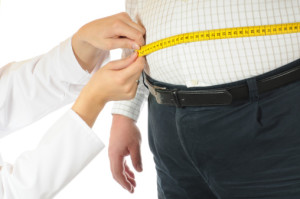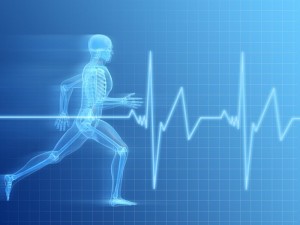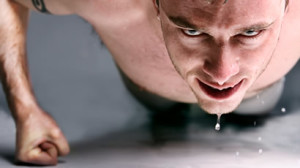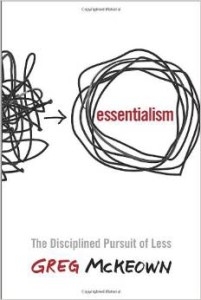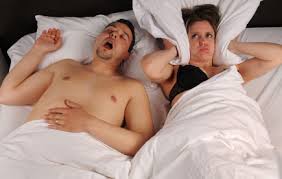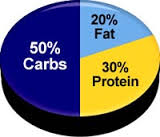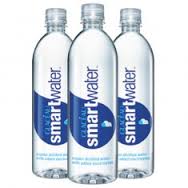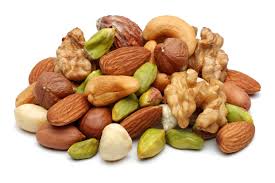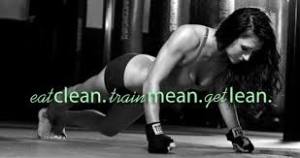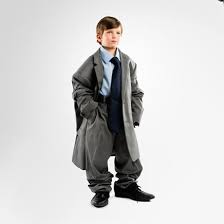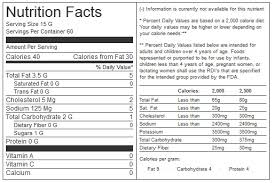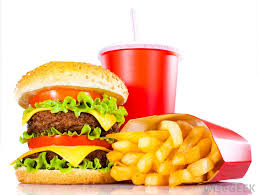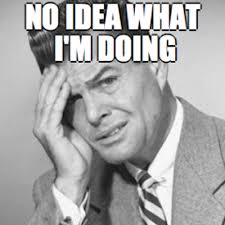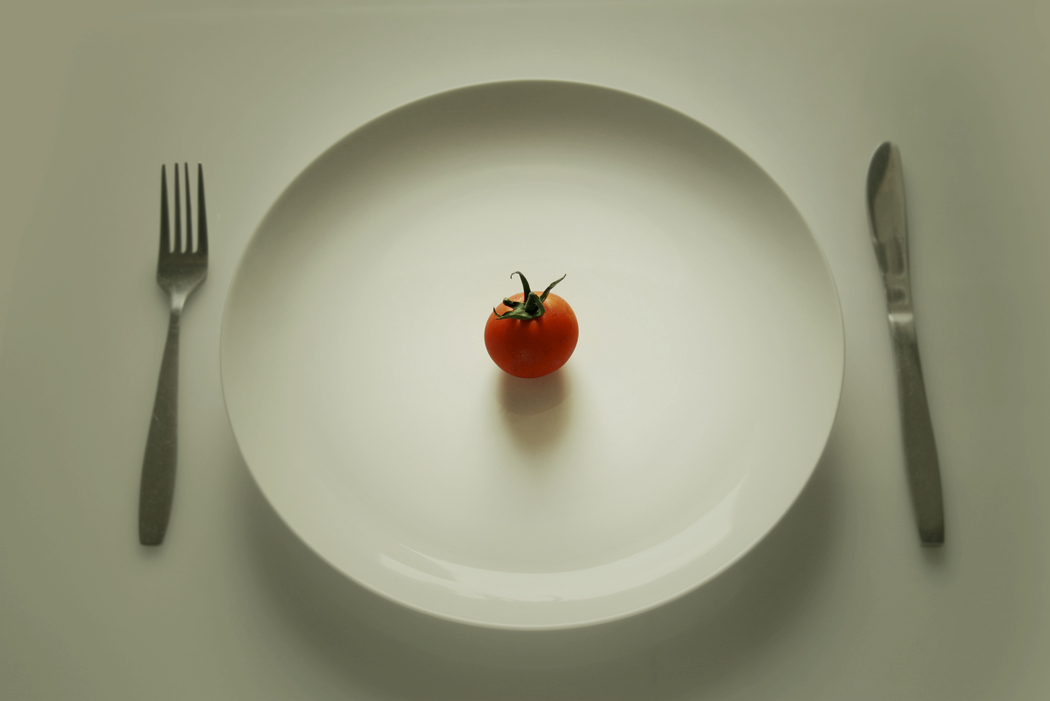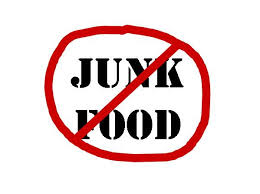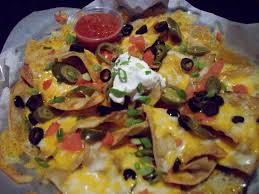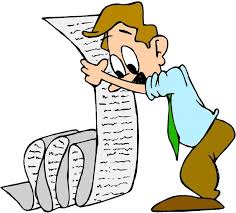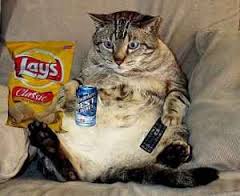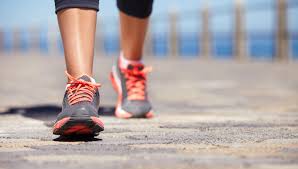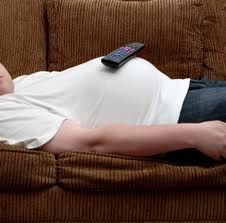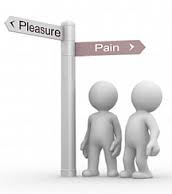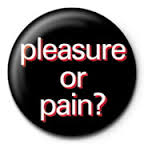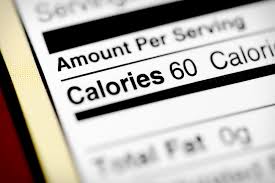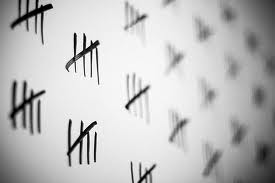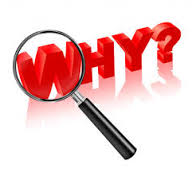Most of us know the importance of exercising and eating right for our good health. There’s a vast amount of information available, perhaps too much. And a wealth of statistics that reinforce the benefits of proper nutrition and fitness. There are also countless professionals eager to help. Health and wellness is not a new concept. So why then is such a HUGE percentage of the population overweight and out of shape (pun intended, respectfully)?
Health and wellness is not a new concept. So why then is such a HUGE percentage of the population overweight and out of shape (pun intended, respectfully)?
With all of the information that’s available and technology at our fingertips, why aren’t more people slimming down and getting healthy? Why are obesity rates still on the rise? And how has such a preventable situation become so pandemic?
Although I can’t claim to be an expert here, I have figured a few things out. I’ve gained valuable insight through my own personal experience, as well as through the experiences of others. So here are some of the thoughts and observations I have about exercising for longevity and weight loss. Specifically as they relate to why we aren’t exercising enough or at all. And why eating right can be so difficult.
- We know what to do but we’re not doing it.
- We make excuses about why we can’t get to the gym.
- We sacrifice our long-term health by making our busy schedule a higher priority than a workout.
- We work out, but at such a low intensity. As a result, we don’t burn enough calories yet can’t understand why our workouts aren’t producing any weight-loss gains.
- We fail to realize that exercise (and eating right) will keep our mind sharper, and improve our ability to work productively and handle the stresses that life throws at us every day.
- We skip meals because we “think” that we’re too busy to stop.
- We don’t take the time to prepare healthy meals or snacks, so we settle for unhealthy fast food because it’s quick and easy.
- We know we should eat a good, well-balanced meal but order the burger and fries or nachos grande instead.
- We delay our “supposed” healthy eating or exercise plan for tomorrow, or next week… because it’s more convenient to do what’s easy in the moment than what’s right or necessary long-term.
So what’s going on? Why does it seem so hard? Why can’t you get started? And if you do start, something always seems to get in the way. How many exercise or diet plans have you started & stopped in your lifetime? Do you think there’s something wrong with you? Sound familiar?
I have a theory.
You need to re-calibrate your mind and get your CHADD’s in tune. Your what? Your Choices, Habits, Actions, Decisions & Disciplines. 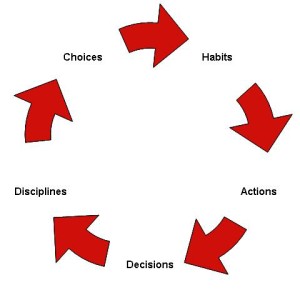 C – Think about it, all change begins with a choice. You consciously “choose” to do something. Every day you make plenty of choices about what you want to do. Or want to change, improve, not do, etc.
C – Think about it, all change begins with a choice. You consciously “choose” to do something. Every day you make plenty of choices about what you want to do. Or want to change, improve, not do, etc.
H – After a while with focus, concentration and determination, your choices begin to take shape in the form of a habit.
A – And your habits only begin to take root after the repeated actions you take. Action is an integral component in every step of this process.
D – The cumulative net effect of your new habit is the result of all of your decisions to this point, including the choices you’ve made and actions you’ve taken.
D – And finally the finished product becomes a beautiful, new healthy discipline.
If you are over-weight and haven’t exercised in a while, you may find it difficult to get started. My objective is to help you start exercising. And once you do, keep you accountable to find a way to keep it going.
Exercise is vital for your health and wellness. As far as I’m concerned, one of the worst things you could do would be to get discouraged and do nothing. You may be thinking…
- “I have a lot of weight to lose and can’t imagine getting to my goal weight”
- “I’m not sure where to begin (or what to do)“
- “It’s been so long so why bother”
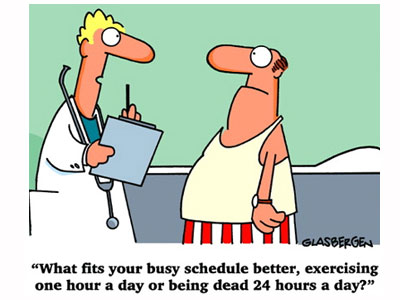 If you’re in that frame of mind, your primary goal should be to find a way to get moving. It’s NEVER too late to start. But before you do, make sure to get your doctor’s approval. Then set an attainable goal that you can feel great about when you achieve it. Accomplish it, then do it again the next day; accomplish it, then do it again… and eventually over time, momentum will come to your aid.
If you’re in that frame of mind, your primary goal should be to find a way to get moving. It’s NEVER too late to start. But before you do, make sure to get your doctor’s approval. Then set an attainable goal that you can feel great about when you achieve it. Accomplish it, then do it again the next day; accomplish it, then do it again… and eventually over time, momentum will come to your aid.
Let me give you an example. 10,000 steps a day may be too unthinkable right now. So set a goal to go on a 2,000-step walk, 3 times this week. Do that for a few weeks and then start increasing your daily step count gradually. Not sure how to track your steps? There’s an app for that.
Then once you’ve developed the walking habit, it’s time to graduate to other forms of exercise, including strength and cardio training. If you can afford it, you would benefit greatly by hiring a personal fitness trainer. They can help you get results by identifying specific exercises based on your goals and skill level. And they’ll keep you accountable. Check with your local health club for recommendations.
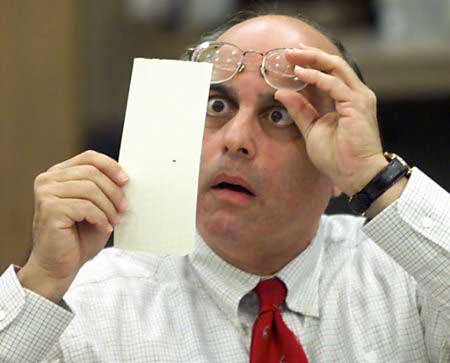 In a future post we’ll punch through and go deeper into each component of the CHADD philosophy. And don’t worry, I won’t leave you hanging. We’ll unpack some illustrations and examples to give you greater insight to choose wisely.
In a future post we’ll punch through and go deeper into each component of the CHADD philosophy. And don’t worry, I won’t leave you hanging. We’ll unpack some illustrations and examples to give you greater insight to choose wisely.
For now I’d suggest taking an inventory of your thoughts, along with some of the choices you’ve made over the past week. You can also be more present and aware of the choices you’re about to make. And perhaps even plan a healthy choice or two into your day. Then stick with it to make it a habit. You can do this!!!
I’d love to see your comments about the challenges that have prevented you from developing new healthy habits and disciplines. And how you can break through them with CHADD on your side.


